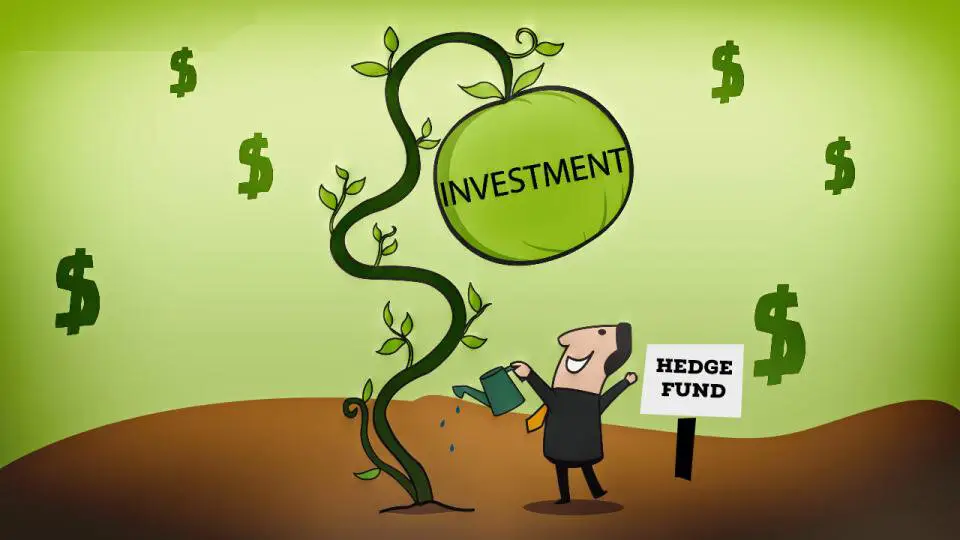The financial market often seems like a raging ocean, where only a few manage to catch the wave of success. But in practice, it’s not as scary as it seems. The key to becoming a successful investor lies in the ability to see logic behind the chaos, make informed decisions, and build a reliable system. This article will be your guide, revealing key principles and tools for systematically multiplying your capital.
When to Start Investing
The best time is yesterday. The second best is today. The average age of first-time investors in developed countries is decreasing. In the USA, according to Statista, 38% of millennials are already building portfolios. Russia is lagging behind, but the trend is clear.

To achieve success in investments, the key is not the size of the capital, but the act of starting. Even 5,000 rubles per month with an average annual return of 10% can turn into 1.1 million in 20 years.
How to Start Investing and Become a Successful Investor: First Steps
The first steps in investments are daunting not because of the numbers, but because of the lack of knowledge. To stay on track, it’s important to establish a clear and simple action plan from the very beginning.
You need to:
- Open a brokerage account (for example, with Tinkoff, VTB, Sberbank — different commissions and interfaces).
- Undergo basic training (a course from the Moscow Exchange or a book by Benjamin Graham is sufficient).
- Determine the horizon — long-term or short-term.
- Conduct analysis: risk level, goals, available assets.
Understanding the basics is a fundamental part of the answer to how to become a successful investor. Without market knowledge, a novice quickly turns into a speculator.
Beginner Mistakes: How to Overcome the Fear of Investing
Fear paralyzes, especially during the first downturn. The stock market is always cyclical. A decline is followed by a rebound — it’s not a catastrophe, but an opportunity to buy at a lower price.
Example: March 2020. The Moscow Exchange index plummeted by 33%. Within 6 months, it recovered. An investor who kept a cool head doubled their capital. A panicker locked in losses.
To understand how to become a successful investor, it’s important to replace emotions with calculation and preparation.
The Key to Stability — Long-Term Investing
Statistics don’t lie: a long-term portfolio shows more stable returns than short-term speculations. A Fidelity study over 20 years found that investors who stayed in the market achieved an average return of 7.5–9% annually. Those who tried to time the market got 3–4%.
Learning how to invest money profitably means learning not to gamble, but to build. Long-term investing dampens volatility and makes risk predictable.
How to Become a Successful Investor: Investment Strategies
To make money work for you, you need a clear plan, not intuition. These strategies help not only to earn but also to maintain composure in any market phase.
Professionals highlight several proven strategies suitable for beginners:
- Dollar-cost averaging. Regular asset purchases for a fixed amount. Smooths the entry price, reduces the impact of market turbulence.
- Portfolio rebalancing. Periodic reallocation of asset allocations. Helps control risk and lock in profits without emotions.
- Growth + Value. Combining growth stocks (e.g., Yandex, Tesla) and undervalued companies (MTS, Magnit). A balanced approach to profitability and risk.
Any investment tactic reveals the path to success without turning investments into a game of chance.
How Investors Allocate Capital: Asset Diversification
Savvy investors don’t put all their funds in one basket — they create a balanced portfolio by combining different asset classes. This approach reduces risks and creates a resilient growth strategy even in unstable economic conditions.
List of assets:
- Stock investments — high returns, high volatility.
- Bonds — fixed-income instrument, protects against inflation.
- Real estate investments — stability, capital protection from devaluation, potential rental income.
- Trading investments — potential quick profits, high risk, requires experience.
- Funds (ETFs) — access to baskets of assets, cost reduction.
- Precious metals — insurance against crises, especially during economic turbulence.
Each of the listed instruments plays its role in the portfolio: some generate income, others protect capital. It’s the intelligent combination of these assets that allows an investor not only to preserve funds but also to confidently move towards financial goals.
When and How to Monitor Your Investment Portfolio
A long-term oriented investor shouldn’t monitor the market daily. The optimal frequency of checking is once a quarter. The analysis should cover:
- Portfolio structure;
- Relevance of strategies;
- Performance indicators;
- Risk level.
If the changes are insignificant, maintain the composition. If the proportions are disrupted, rebalance. This approach helps understand how to become a successful investor without unnecessary stress and haste.
Preserving Capital During Market Downturns
When the market falls, nerves fray. But a savvy investor uses protection tools: defensive assets, rebalancing, partial cashing out. For example, in 2008, the price of gold rose by 5%, while the S&P 500 index fell by 37%. A reliable strategy, understanding correlations, and asset diversification not only preserve capital during market downturns but also strengthen its positions.
Focus on fundamental indicators, not on news background, builds resilience. A market decline is not a sentence but a moment to reformat the portfolio for new realities. It’s part of the journey for those aiming to understand how to become a successful investor.
Asset Management Strategies
Complex portfolios with exotic assets do not guarantee success. Asset management requires transparency, regular evaluation, and understandable metrics. Returns should be accompanied by risk and liquidity control.
Professional managers focus on the Sharpe Ratio, monitor volatility, and use benchmarks for comparison. However, even a private investor can achieve results by following the principle: less is clearer. For example, index funds on the US stock market give 8–9% annually, outperforming 90% of active funds over a 15-year horizon.
Effective asset management is the foundation of understanding in any financial environment.
Increasing Capital Without Haste and Losses
Capital growth is not a sprint but a marathon. The main criterion is not the speed of growth but stability. Financial bubbles lure but deprive of foundation. Basic principles retain value: investments in reliable companies, reinvestment of dividends, cost control.
A vivid example is investing in Berkshire Hathaway. With an average annual return of 20%, the company turned $1,000 into $21 million in 40 years. No hype, just systematic work.

The path to becoming a successful investor begins with discipline, not intuition. Money grows where there is no haste.
Conclusions on How to Become a Successful Investor
Start simple: open an account, choose instruments, set a rhythm, stick to a strategy. Even with a minimal starting capital, consistent actions yield results. The key is not to stop, and in the future, you will see a good outcome.
 en
en  ru
ru  de
de  ar
ar  es
es  hi
hi  fr
fr  nl
nl  it
it  pt
pt  el
el 










